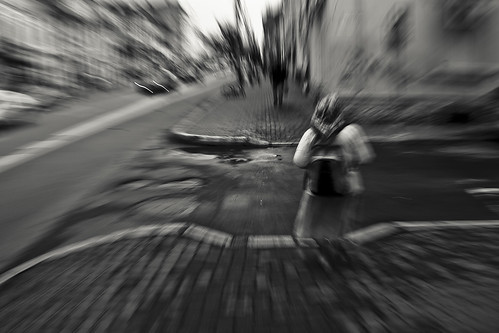In my groups thriller we are going to show a variety of camera movements. Camera movements can change the emotion of a particular scene and effectively will make it better. I decided to do some research on camera movements so that I can apply different ideas to my groups thriller film.
Check out the 6 Different camera movements below
Pans
A Panning shot is a horizontal movement. Once a camera is placed on a tripod, the tripod itself is a axis point and the camera is turned, often to follow a moving object which is kept in the middle of the frame.
Tilts
 A shot that generally follows a moving figure or object, A tracking shot is a good way of following the journey of a character and making the audience focus on a object or character.
A shot that generally follows a moving figure or object, A tracking shot is a good way of following the journey of a character and making the audience focus on a object or character. Hand-held shots
Hand-held shots
A hand-held shot is basically when i person carries the camera in their hand. Hand held cameras denote a certain kind of gritty realism, they make the audience feel as though they are part of a scene.
Zoom Lenses
A zoom lens contains a mechanism that changes the magnification of an image. On a still camera, this means that the photographer can get a 'close up' shot while still being some distance from the subject. A video zoom lens can change the position of the audience, either very quickly (a smash zoom) or slowly, without moving the camera an inch, thus saving a lot of time and trouble.
The Aerial Shot
An Aerial shot is often used at the beginning of a film, in order to establish setting and movement.
Watch this video about camera movements !




No comments:
Post a Comment